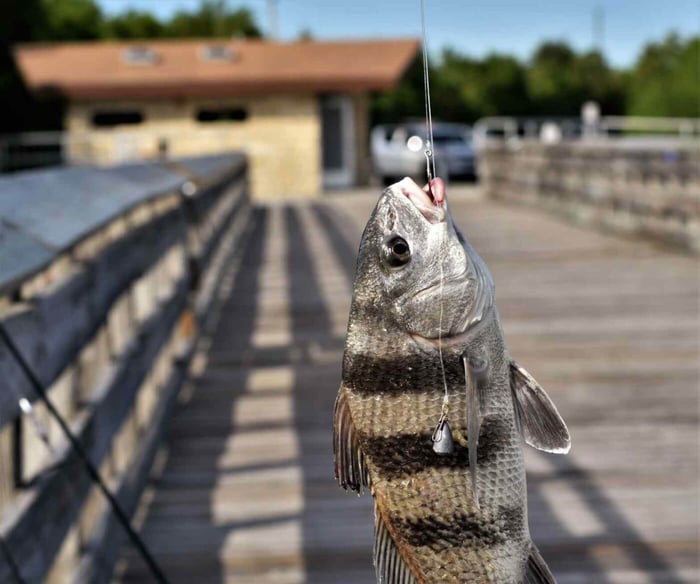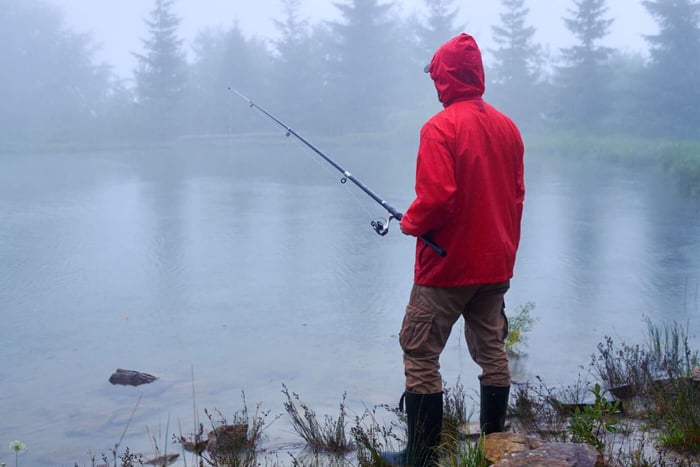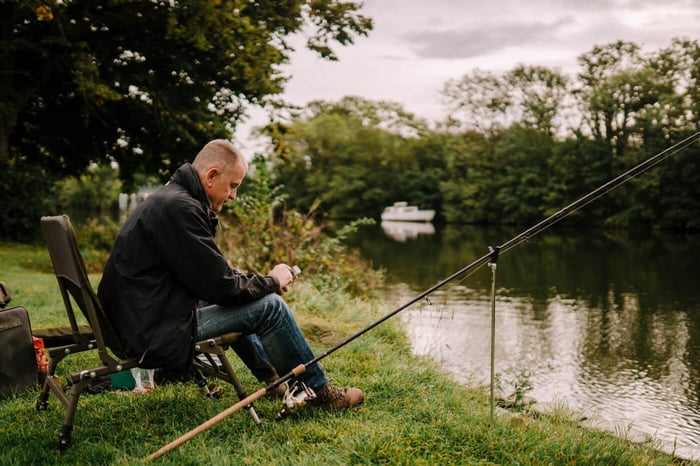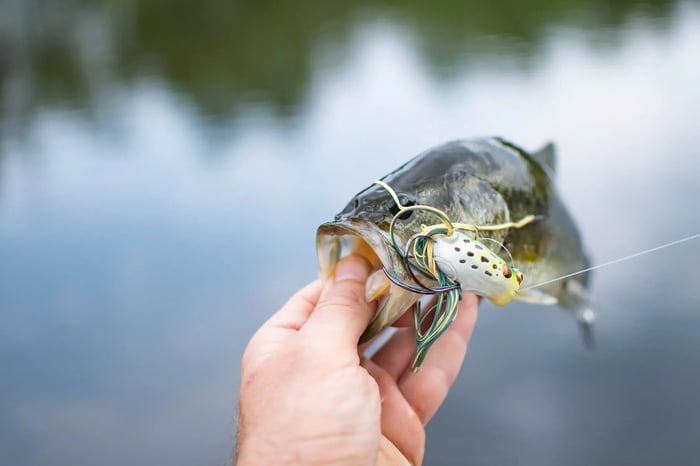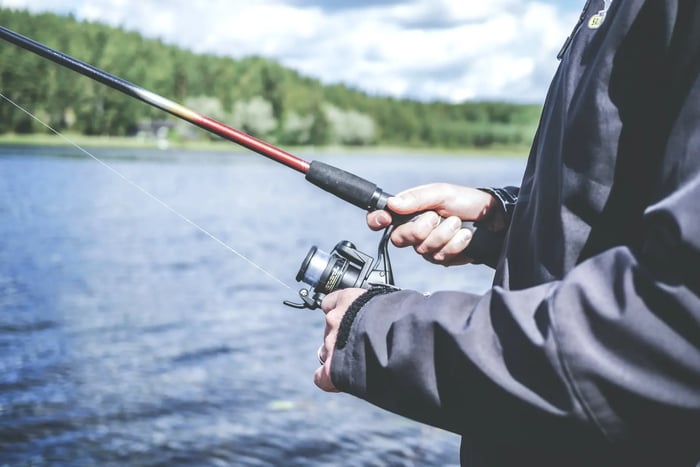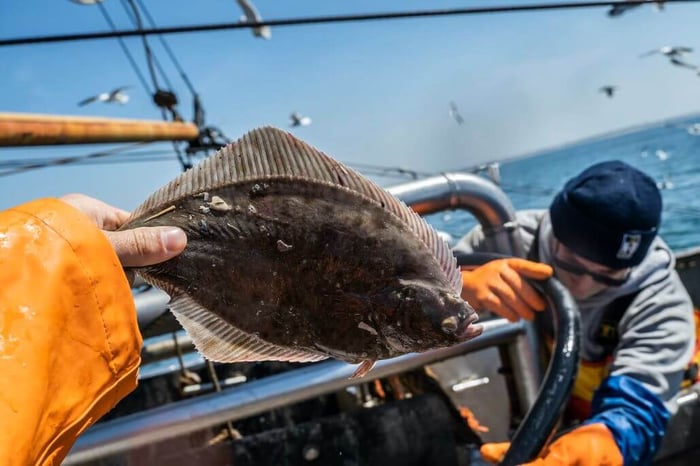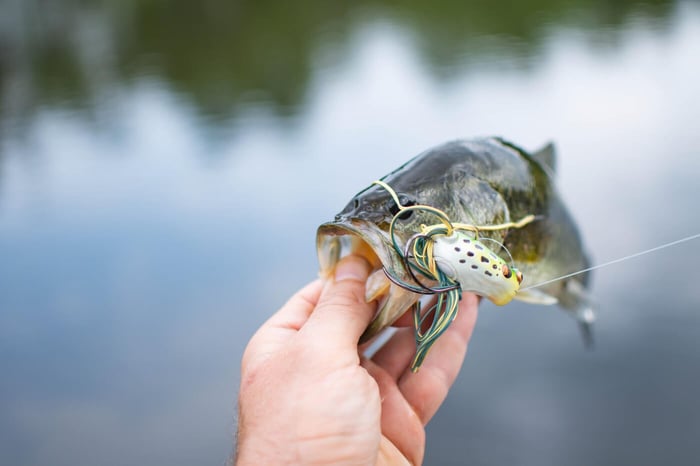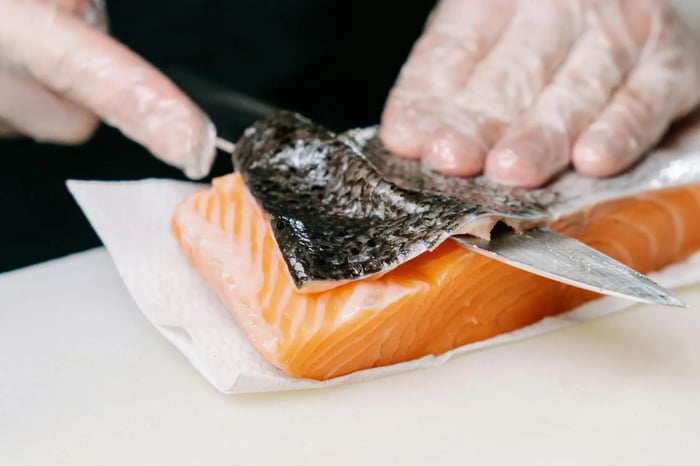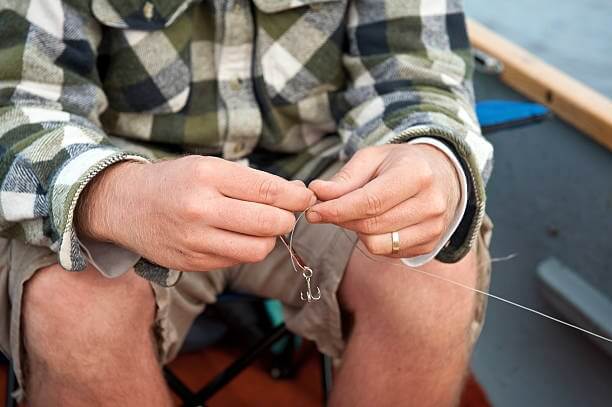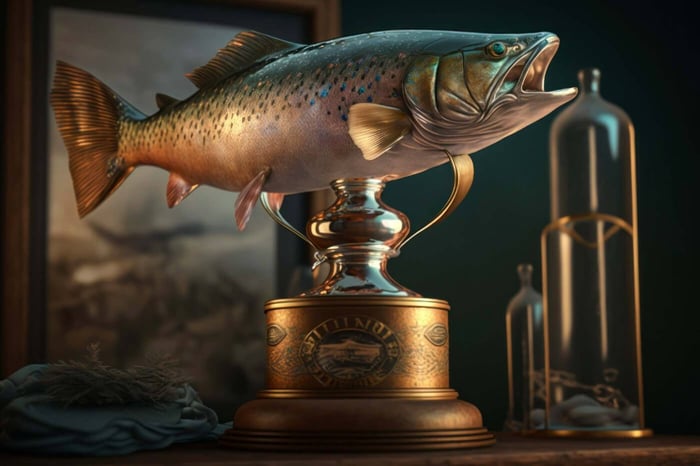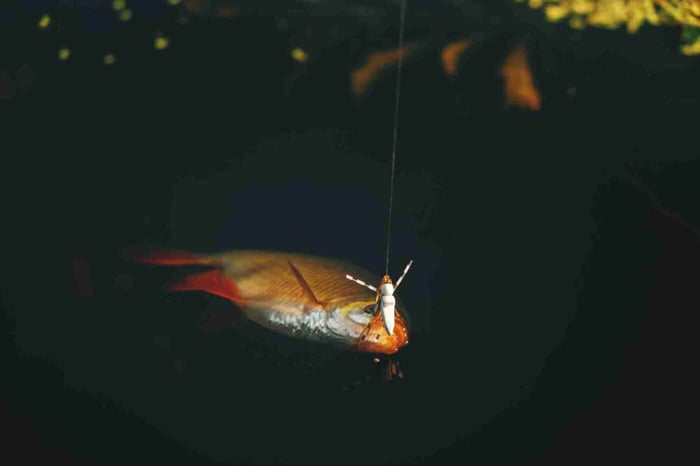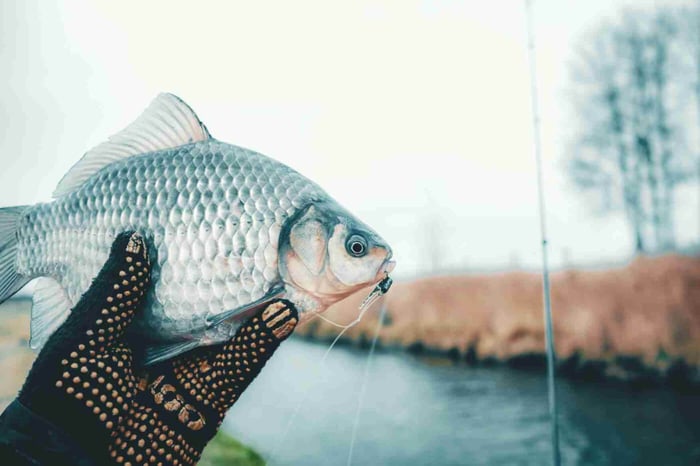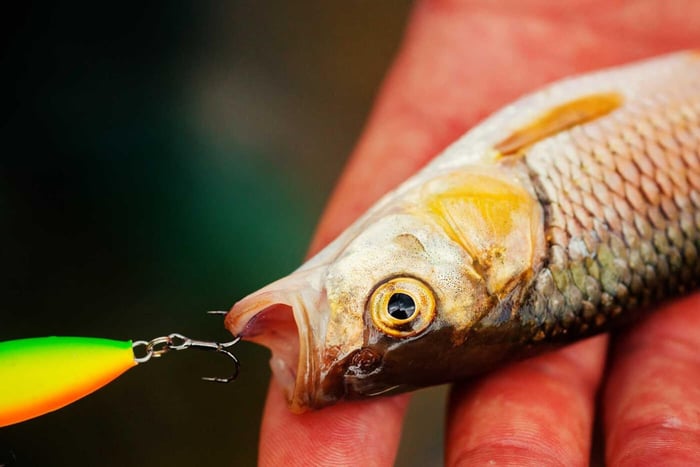ALL ABOUT THE BLACK DRUM FISH
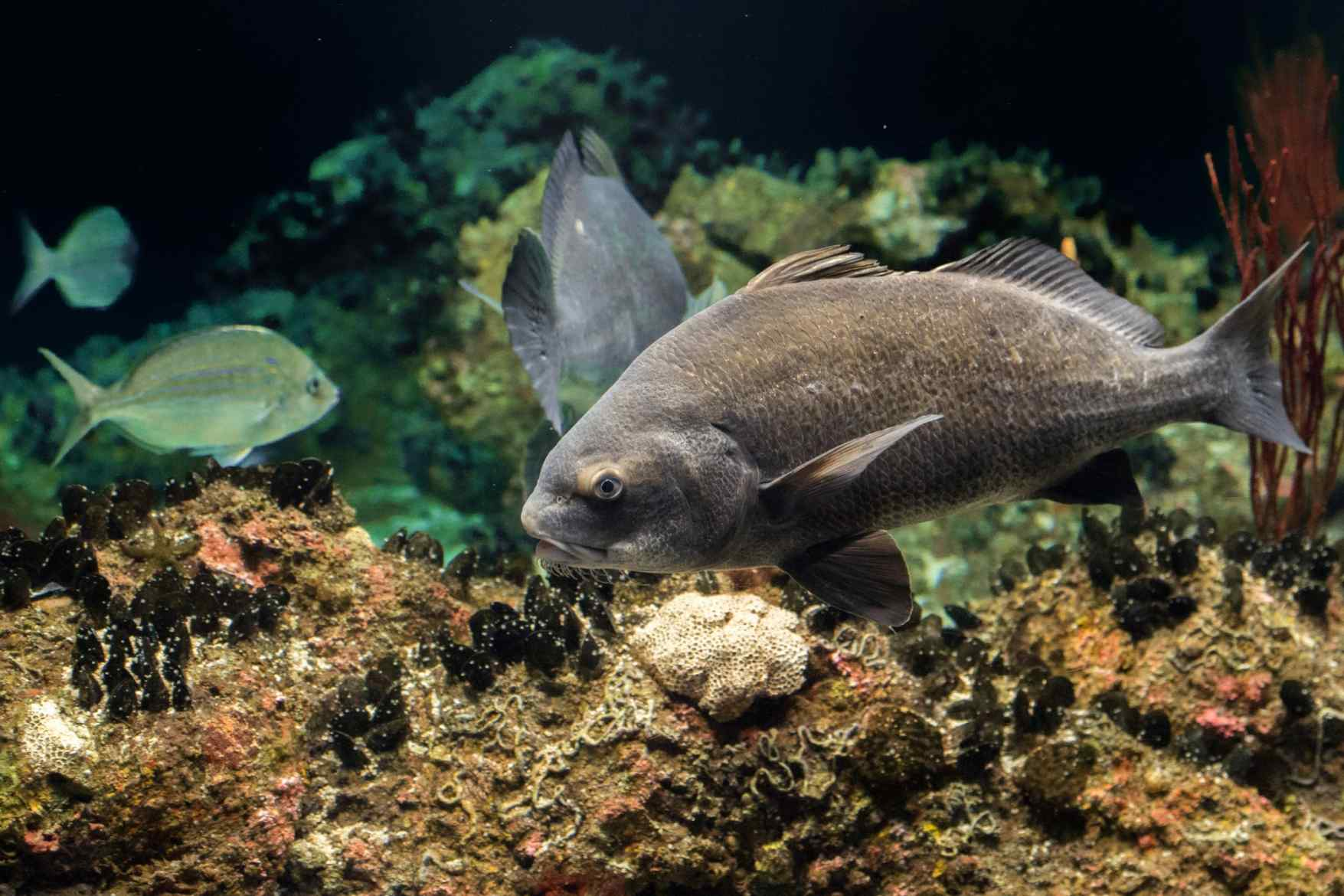
To start, black drum fish is a bottom-feeding fish that feasts on crustaceans and mollusks. Hence, it is your best bet to catch them by dropping blue crabs, shrimp, or clams around pier or bridge pilings, next to jetties, or by soaking the same baits in the surf. And perhaps the best time of year to do this is during their spring spawn. On an important note, you should be wary when conducting a fishing activity around structures, as you will probably need a piece of heavy equipment to pull them out without first breaking off.
Delving deeper into the ocean, you will find out that there are small drums and big drums. The small drums, commonly referred to as "puppy drums," are actually good-tasting and savory fish to cook and eat after a long day at the water. Even so, most anglers usually go for the big drums. Needless to say, these black drum fish are species that enable a shore angler more chances in bagging a big fish. This is because black drums weigh over forty (40) pounds or even more.
Fundamentally, the black drum is a member of the croaker family of fish, a family to which popular fish also belong to the red dream, spotted seatrout, and the mighty Atlantic croaker. They are called black "drums" because they resemble the drumming or croaking sound in an attempt to attract more mating partners. On the other hand, in times of their annual spawning "run," they accumulate into big groups or large schools in the springtime. So, if by a chance you pass by a school, you should pause and position yourself properly in that spot because it is highly likely that you will catch multiple fish off that school as long as you try your best not to spook them away. Also, it is worth noting that smaller drum schools collectively or together during this time around as well.
If this is your first time catching a black drum, you may mistake it for Sheepshead because their coloration and general shape (or body build) look very much alike. However, if you look closely, you will see that a black drum tends to have these very obvious "whiskers" and chin barbels. Also, over time, the dark sheepshead-like bars of the black drum usually fade with age. So, this will eradicate times of confusion for a newbie like you.
Another thing that you should know about a black drum is that they use their sense of smell and feel, supported by their chin barbels, to roam around the bottom in search of tasty foods or prey. As stated above, they mainly feed on crustaceans and mollusks, including blue crabs, fiddler crabs, hermit crabs, shrimp, oysters, mussels, and clams, among others. It is also probably the reason why they remain to be the largest member of the drum family and can be as heavy as a hundred pounds. In terms of life span, they generally live up to sixty (60) years, given that water conditions are set right and just, according to their liking.
If you want to catch a black drum, you should learn a few tips and tricks to get started. In this article, we will talk about the best fishing spots for black drum fishing, the black drum fishing methods, as well as the most effective bottom rigs and baits for a black drum fish.
THE BEST FISHING SPOTS FOR BLACK DRUM FISHING

Black drums are commonly found from Florida to Texas and even up to the southern Atlantic coast through the Carolinas. As such, they are the kind of fish that evolve to eat the hardest-shelled creatures in the sea. With this, they can crack open mussels, clams, and oysters in just one crashing plate at the back of their mouth.
If you want to catch black drums in great quantities, you should look out for places where oysters and mussels are big in numbers. This may include oyster bars, docks, bridges, and other places where a lot of marine life resides alongside their pilings and some mangrove roots. In catching large black drums, you can catch them in varying inlets where they typically settle in. They usually wait for the tide to bring crabs and shrimp through wave movements. These kinds of seafood are usually on their way to escape into and from the sea and migrate to inshore estuaries.
In addition to that, to target the black drum, you need to wait for the low incoming tide, where there are a lot of oyster bars. By doing this, you will increase your chances of finding a black drum. You should also note that the black drum will go vertical in the water column because they carry along oyster clumps in search of mud crabs and shrimp. Follow this tip so you will see their broad tails as they stick out of the water. Needless to say, catching them during low tide is the easiest way to sight fish for a black drum in shallow waters.
Furthermore, a black drum is a bottom feeder, so you can also spot them in different waterways by simply drawing in a very smelly bait on the bottom and just waiting for them to get lured into biting it. A black drum has four (4) nostrils in total, so it can smell well and will soon bite into your lure in no time if they are just within the vicinity. Apart from that, a black drum usually hangs around jetties, piers, bridge pilings, seawalls, and especially oyster reefs. It also frequents structures such as bays, rivers, creeks, inlets, passes, and beaches. Since they are prone to shying away from the water currents, it is advisable for you to use a heavy sinker to catch them more efficiently.
All in all, a black drum usually prefers deep water to shallow ones. However, there is also some black drum that can be found cruising the shallows too. With this, you can say they are quite flexible in the waters they can occupy or migrate into. For instance, they can be tracked down in both clear and cloudy water. Other times, they can present in both salt and bitter waters as well. Other than the nearshore and inshore spots referenced above, they can likewise be gotten off of sea shores, grass pads, and seaward.
-
Catch Black Drum Around The Beach
A black drum, especially the large one, frequents the surf zone during the coldest months of the year. Hence, they provide more "catching" opportunities at this time around when many other fish species are hiding and nowhere to be found.
Just a pro tip, while looking for a black drum on the beachfront, you should cast a rotten bait (i.e., cut crab) into the deeper guts between shoals and sandbars and let it soak. From time to time, take a look at the lure and see if it hasn't been completely cleaned by bait stealers. If you can, you should use a fish locator rig with a pyramid sinker to hold the base in the waves.
For other species, you can catch while on the beach, use the waves to help with riding the fish onto the sand. This is especially helpful and useful if you catch on a large fish.
-
Fish in Inshore Structures (E.g., Docks)
Ever heard of inshore fishing? As you probably know, black drum is often seen looming around inshore structures such as docks, jetties, piers, and seawalls. This is because their primary "preys," such as crabs, oysters, shrimp, and other hard-shelled sea species, reside within this area. So, it is best believed that if you hang around these areas, your chances of catching a black drum will evidently increase as well.
Although on a side note, as you fish around these structures, you should cast up current and allow the bait to be carried to a spot where you expect the black drum to be. Let loose and just allow the bait to go all the way to the bottom of the water because it is probably where you can spot black drums hunting for food.
-
Do Sight Fishing in the Shallows
Lastly, you are more likely to catch a black drum if you tail through the shallow water. From a distance, they mistake the tailing reds for prey. Although, you need to be careful because they tend to be extra spooky when they are in the shallows, so maintaining stealth is the key.
So, go sigh fishing in the shallow areas; you can even toss a few shrimp or crab meat out in front of where they are going and let them get lured into it. Don't go overboard by putting the bait right on a noticeable fish because you might just scare them away.
THE BLACK DRUM "FISHING" TECHNIQUE
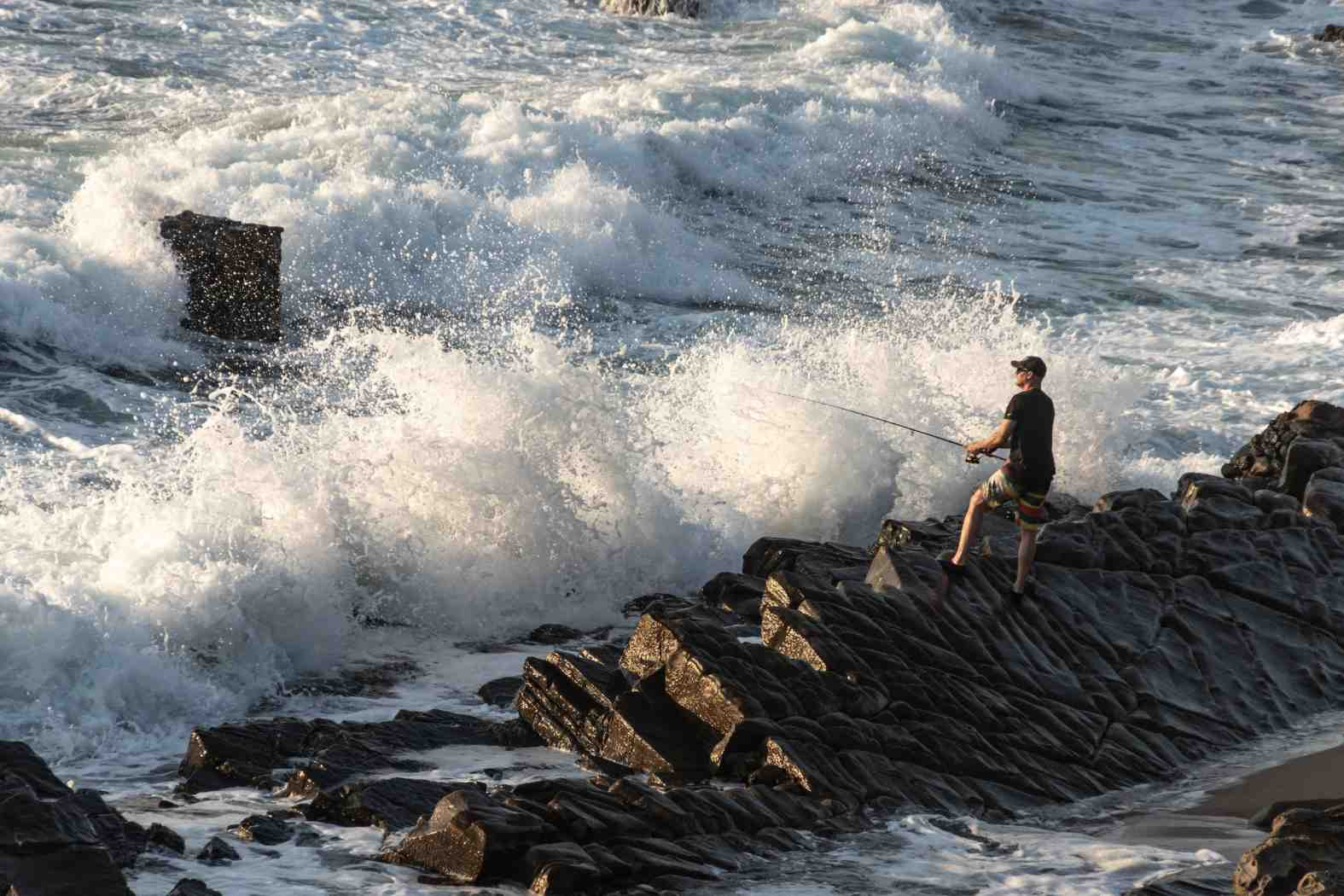
To start, there are a lot of bottom fishing methods and fishing techniques that you can utilize when catching a black drum. For instance, you can stop by the local tackle shop because using live bait is an integral part of catching a black drum. To reiterate, since black drum usually resides in shallow waters during the springtime and fall months, it is a good target for surf fishing. On the contrary, wintertime is a different story because the bigger black drums usually go into deeper waters, usually within underwater structures, because they feed at the bottom and feed off aquatic life living around those structures. In this case, most anglers catch them through the bait, but they also use the method of "hooking" by either trolling spoons or casting jigs.
Ultimately, the specific technique used for a black drum differs from angler to angler. For instance, the approach you will employ will be different if you are targeting a black drum near the coast, as opposed to targeting them up in the Middle Bay Areas.
Despite all this, it is arguably the black drum fishing "tackle" method that is the most in-demand technique used by most black drum hunters. As such, anglers tend to use heavy conventional tacklers as opposed to using the spinning tackle when catching a black drum because it is fairly easy to maneuver the fish away from structures like wrecks or bridge pilings to prevent possible damage to the line. The most common set-up used is the so-called thirty (30) to fifty (50) pound rod with a fishfinder rig. In particular, the rig should be fastened up to a 4-5 foot fluorocarbon leader.
When picking the correct hook size, you should consider hook sizes in the following range: 8/0 to 10/0 circle hook. What's more important is that you use enough load to keep the bait settled at the bottom of the water. This will increase your chances of catching one because black drums are mainly present near bottom structures.
IMPORTANT NOTE: If you are in it for a good and savory fish meal, then a black drum is not for you because they often have worms in the meat and are not very tasty. With that, you should use a circle hook to prevent deep-hooking and injuring them.
THE MOST EFFECTIVE BOTTOM RIGS AND BAITS FOR DRUM FISH
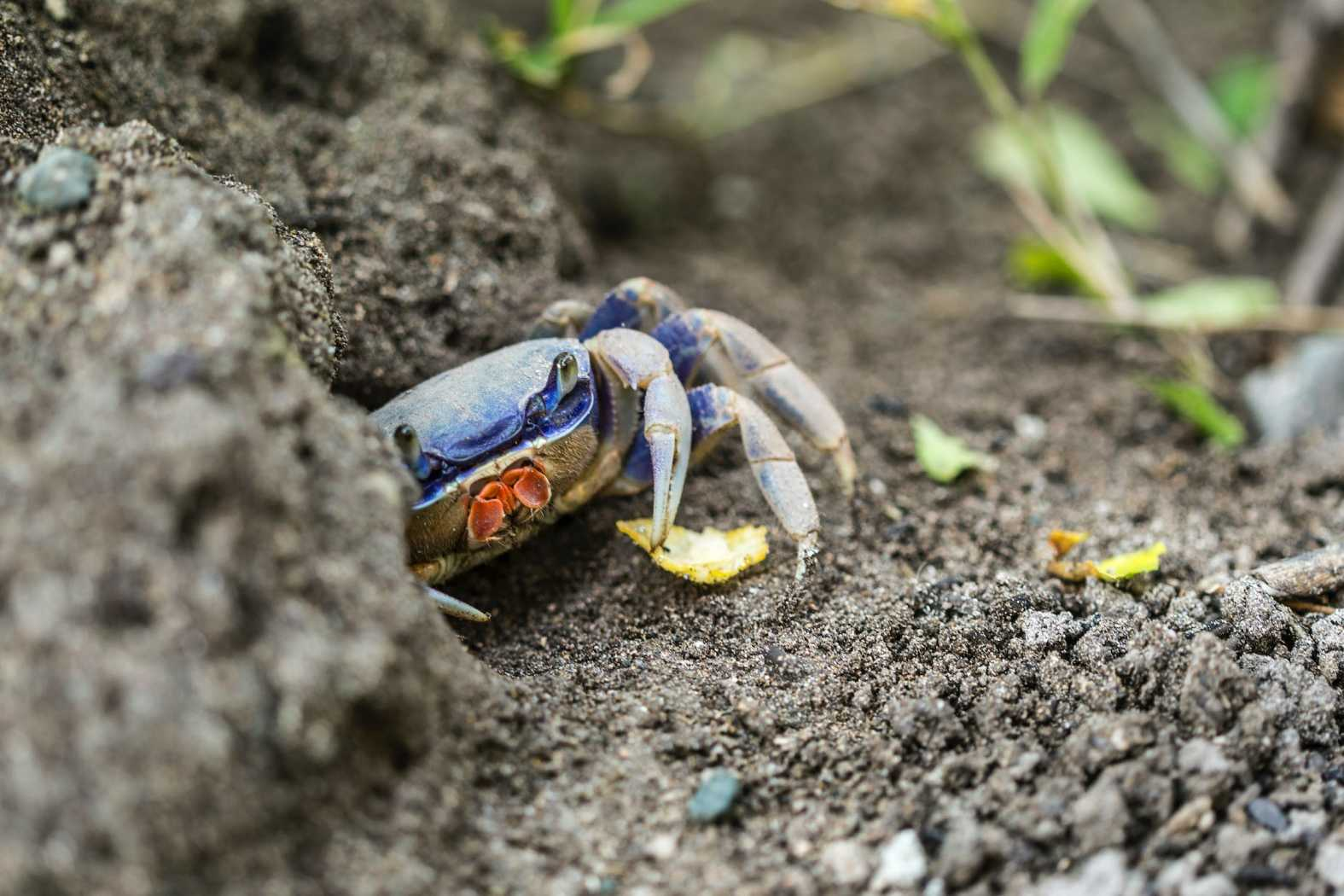
Fish Finder Rig
A Carolina, otherwise known as a fish finder rig, is a good rig option that functions pretty much the same as a knocker rig. For best results, you should use a circle hook with its size estimated to the black drum you are targeting. Hence, if you are going after a big drum, you should definitely use much larger bait. This also means you should use a larger hook for your bait.
On the off chance that there isn't a lot of water current, and you don't have to project extremely far, you could likewise utilize a circle hook with a split shot or a jig head.
-
Hooks
Circle hooks are favored by most anglers because they set pleasantly in the meaty mouth of a black drum, as well as limit stomach snaring. By standard, a 1/0 to 3/0 hook is a decent size for a small-sized black drum. On the other hand, a 4/0 to 7/0 hook is a great option for an oversized black drum to match the size of the bait as well.
-
Sinkers
As you explore pilings and other inshore structures, you should try using egg sinkers that are heavy enough to get your bait all the way to the bottom of the water. As such, an egg sinker can tumble around on the base and float along with the current to where you aim your bait at.
On the other hand, fishing from the ocean side requires an alternative strategy. For instance, you will need to stick your bait to the base with a 2-6 oz. Pyramid sinker. After which, you can simply sit back and relax until the black drum comes along, smell your lure, and bite into it.
-
Leader Material
If you are after a small-sized black drum, using a 12-36″ 20-pound fluorocarbon leader is already a sufficient option. However, if you opt to go for the larger-sized black drum, you should use at least a 40-pound fluorocarbon to better support the heavy load.
Needless to say, fluorocarbon is known to be more abrasion resistant than mono. So, you can rest assured that it will hold up better around structures where the large black drums reside.
Blue Crabs
Luring a black drum by tossing down a blue crab into the water is probably the best way to go about your adventure. Luring a black drum by tossing down a blue crab into the water is probably the best way to go about your adventure. However, you should make sure to downsize a blue crab because, unlike a red fish, a black drum doesn't really have a large mouth. For instance, you can cut the blue crab in half or even quarters. This will release tons of drum-luring scent in the water, as well as deliver a bait that is perfectly sized for a big drum's mouth.
As for rigging blue crabs, you should cut them in half, remove the legs, and pop the top shell off by prying on the corner. Stick your snare through one of the swimmer leg attachments and out the shell of the crab. For a much smaller fish, cut the crab into quarters.
Shrimps
Whether it is a live or dead bait of shrimp, either whole or in pieces, it will work perfectly in catching a black drum. There is no doubt that shrimp is an excellent choice for bait, but the problem is that all fish like shrimp. In this way, it's frequently hard to keep different species off the line when you're explicitly targeting black drum.
CATCH A BLACK DRUM ON YOUR NEXT FISHING TRIP!

To sum it up, a black drum is not really viewed as a ferocious sea fighter, but it can also give an incredible fishing experience. Whether you are after a small-sized or large-sized black drum, you will be sure to stay entertained all throughout the adventure. Just remember the fishing methods listed above and execute them properly. Surely, pulling on a large fish is an exciting way to pump up your adrenaline rush, whereas pulling on a small fish will give you a good meal to feast on after a tiring day at sea.
